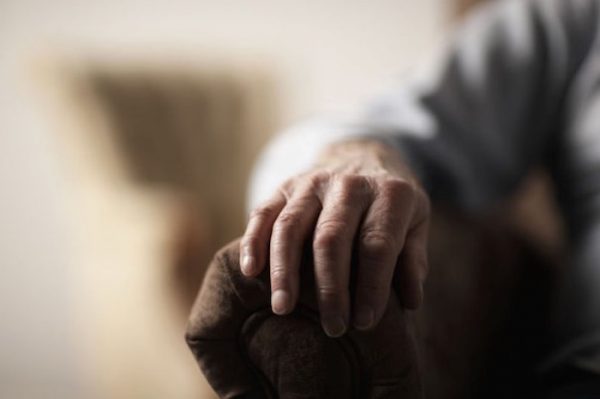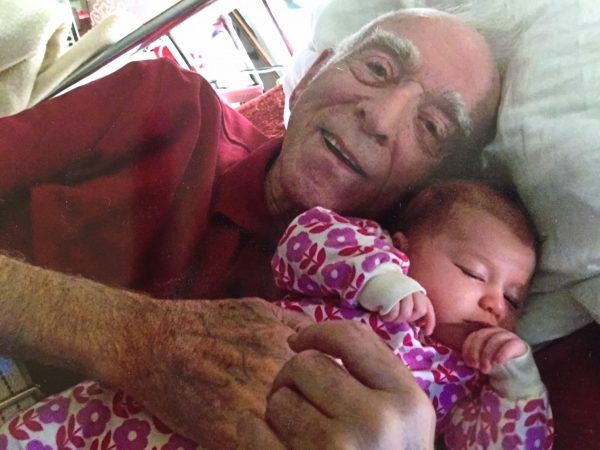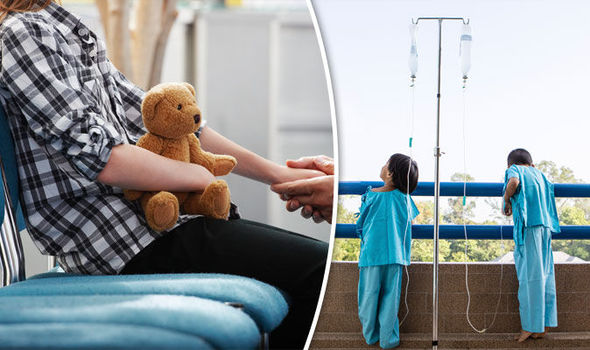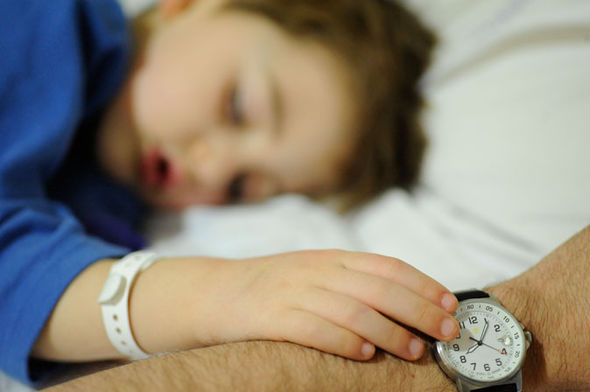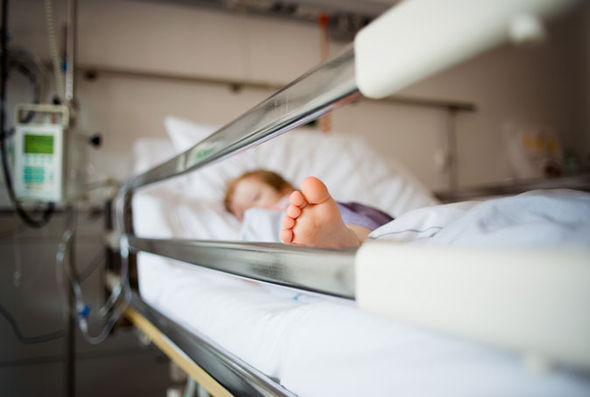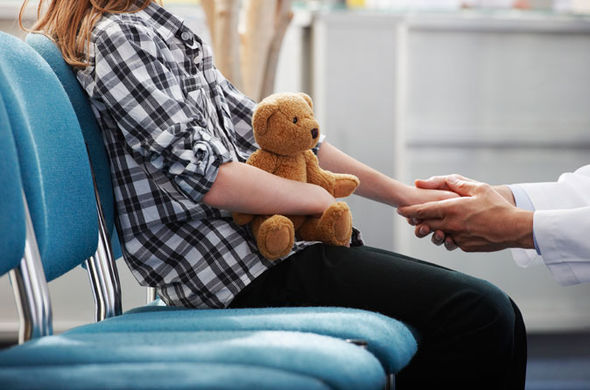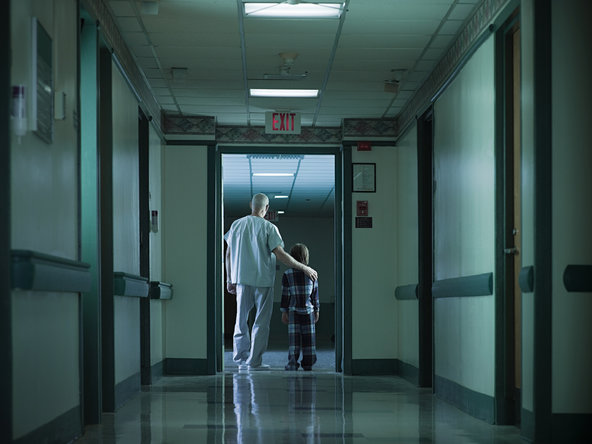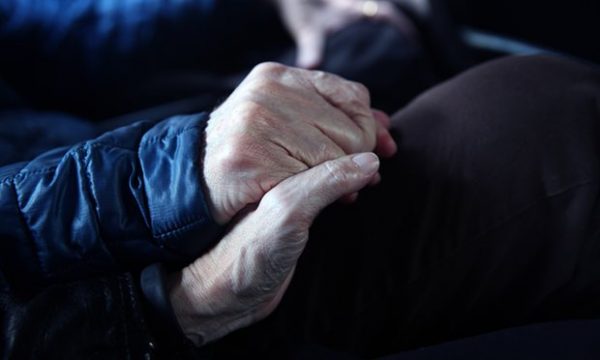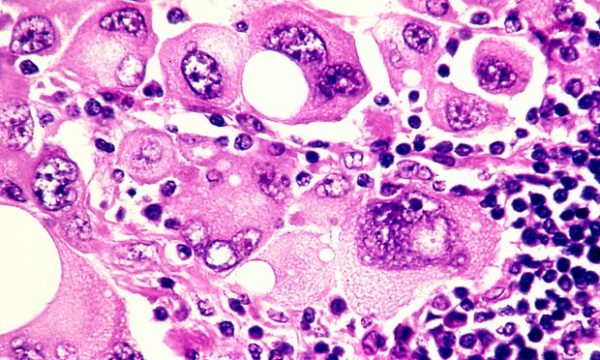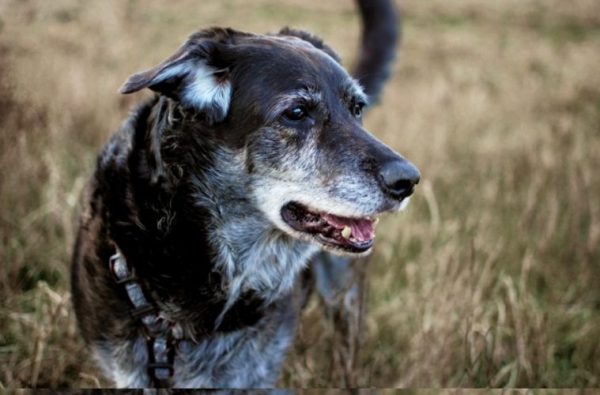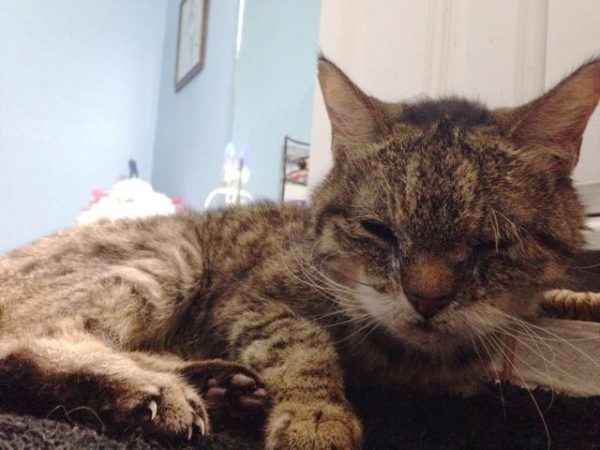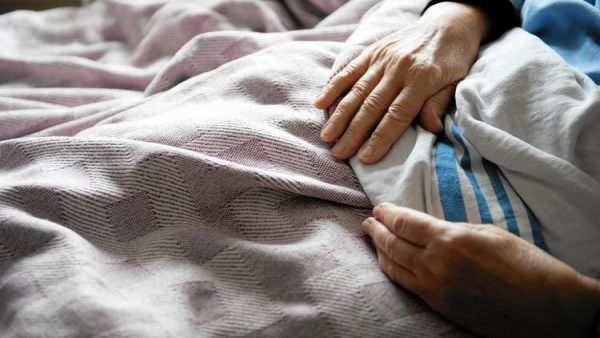
It started off as one of the more grim moments in the final days of my dad’s long struggle with Alzheimer’s disease. A hospice chaplain and a funeral home director sat with me and my mom at her kitchen table. Knowing Dad’s death was imminent, we were choosing prayer memorial cards and planning a memorial service when my 5-year-old daughter took a break from playing with the dog to offer some much-needed levity.
“What are you guys talking about?” Gracie asked, climbing into my lap and surveying the catalogs of coffins, urns and other funeral needs.
“We’re talking about how sick Grandpa is,” I said, distracted.
“You’re talking about him dying,” Gracie corrected, catching everyone’s attention before adding innocently, “Is Grandpa going to get buried or burned up?”
The whole table couldn’t help but smile through tears at her youthful candor.
A few weeks earlier, I had explained to her the difference between being buried and cremated when she noticed a cemetery outside the car window. At the time, she was startled by the idea that people were underground, so I told her that some people choose to get turned into ashes that can be spread in places they loved.
I realized that to Gracie, my cemetery explanation was a piece of a puzzle about life that she was slowly putting together in her own way.
She made us laugh again when she followed up with her next question:
“When you burn up my grandpa, can I have his arm?”
In most other cases, my instinct is to shelter and protect my daughters from the harsh realities of the real world. I cheer on her first wiggly tooth and perpetuate her excitement about the first visit from the Tooth Fairy. I lie in bed with her at night and tell long stories about imaginary parties she throws with all her favorite fictional characters. I go out of my way to never complain about my weight or physical appearance in front of them, because I dread the day they’ll realize that women make a pastime out of being hard on themselves.
Yet for some reason, as my dad’s illness and, ultimately, his death, were upon us, I felt the need to do the opposite: to be real about how life — and death — work.
Thankfully, I’ve found that child psychology and hospice experts agree with this approach.
While decades ago parents may have been inclined to keep secrets from children and steer away from discussions of death and dying, the hospice counselors we worked with set aside time to read Gracie a children’s book that helped her talk about losing a loved one. In the weeks leading up to his death, they invited her to ask any questions she might have about what was happening. They counseled me, too, on how to best answer her questions in an age-appropriate way.
“Allowing children to be a part of the grieving process with the community is actually helpful and healing for kids,” said Sally Miller, chaplain at Advocate Good Samaritan Hospital in Downers Grove. “Naming the loss that they’re probably already aware of, and being there in that open space to comfort it is how they’re going to be able to move through their grief in a safe way.”
Miller said she and her colleagues who counsel patients both in and out of Good Samaritan Hospital encourage families to be direct with children by using the words “death” and “die” instead of “expire,” “pass away” or other euphemisms that could confuse vivid imaginations. They encourage parents to follow children’s lead in offering explanations, being mindful not to have an air of secrecy, but also not to give children details that may be too frightening or too abstract for them to comprehend.
The advantage, Miller said, is that children who are properly guided and supported as they learn about heavy issues will be exposed to age-appropriate exploration of emotions, coping skills and other emotional intelligences that will serve them for years to come.
I agree with this theory. But still I was surprised when, minutes after my dad died, the hospice chaplain asked if I was going to let Gracie come to see her grandpa one last time to say goodbye. The chaplain reasoned that after spending years visiting her sick grandpa weekly, it could be jarring for her to return to the house and see no trace of him. Knowing our family was also not planning a traditional wake and funeral, she argued that it would be quite a leap to ask a 5-year-old to process her grandpa disappearing and landing in heaven.
Though I wasn’t completely sure it was the right choice, we let the girls come join us at my parents’ house a half hour later. They ran in the door excitedly, greeting the rest of the family with hugs and kisses and surveying the surroundings.
I asked the chaplain if I should say something directly to Gracie, but she reminded me to let the child lead. “Just let her get to it,” the chaplain said. “She will.”
And sure enough, minutes later Gracie asked to see Grandpa.
With tears in our eyes, we watched her walk confidently into her grandpa’s room, where she climbed up the railing of his hospital bed and kissed his forehead.
“Bye, Grandpa,” she said. “You’re going to go to heaven. And angels are going to guide you.”
Complete Article HERE!

